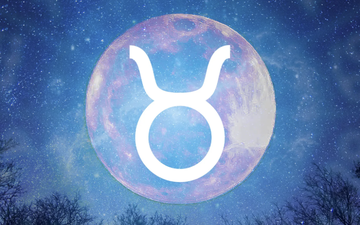
Anemia occurs when the number of healthy red blood cells in the body is very low. Red blood cells carry oxygen to all tissues in the body, so a low number of red blood cells indicates that the amount of oxygen in the blood is lower than it should be.
Many of the symptoms of anemia are caused by a decrease in the distribution of oxygen to the tissues and vital organs of the body. Anemia is measured by the amount of hemoglobin - the protein inside the red blood cells that carries oxygen from the lungs to the body tissues.
People with anemia look pale and can often complain of being cold.
They may also experience:
- dizziness, especially when active or standing
- difficulty concentrating or fatigue
- lack of energy
- breathing problems
- hair loss
- constipation
- cold feet and hands
- yellowing
- unusual cravings, such as cravings for ice , clay or dirt
Some types of anemia can cause inflammation of the tongue, causing a smooth, shiny, red, and often painful tongue.
If the anemia is severe, pallor can occur. Other symptoms include:
- brittle nails
- shortness of breath
- chest pain
- painful or irregular periods
Blood oxygen levels can be so low that a person with severe anemia may experience a heart attack.
People with signs or symptoms of anemia should seek medical attention, especially if they faint or have chest pain.
- 9 anti-wrinkle foods that help the body in its 40s and beyond
- 15 foods you should consume for the sake of breast care!
- The 40-Day Awakening Challenge: What Happens to the Body
- Too much TV in your 40s, 50s and 60s can affect your brain: Here's what you can do starting today
- Some people swear: The benefits (and risks) of staying upside down
Sources: Mayo Clinic, Healthline





